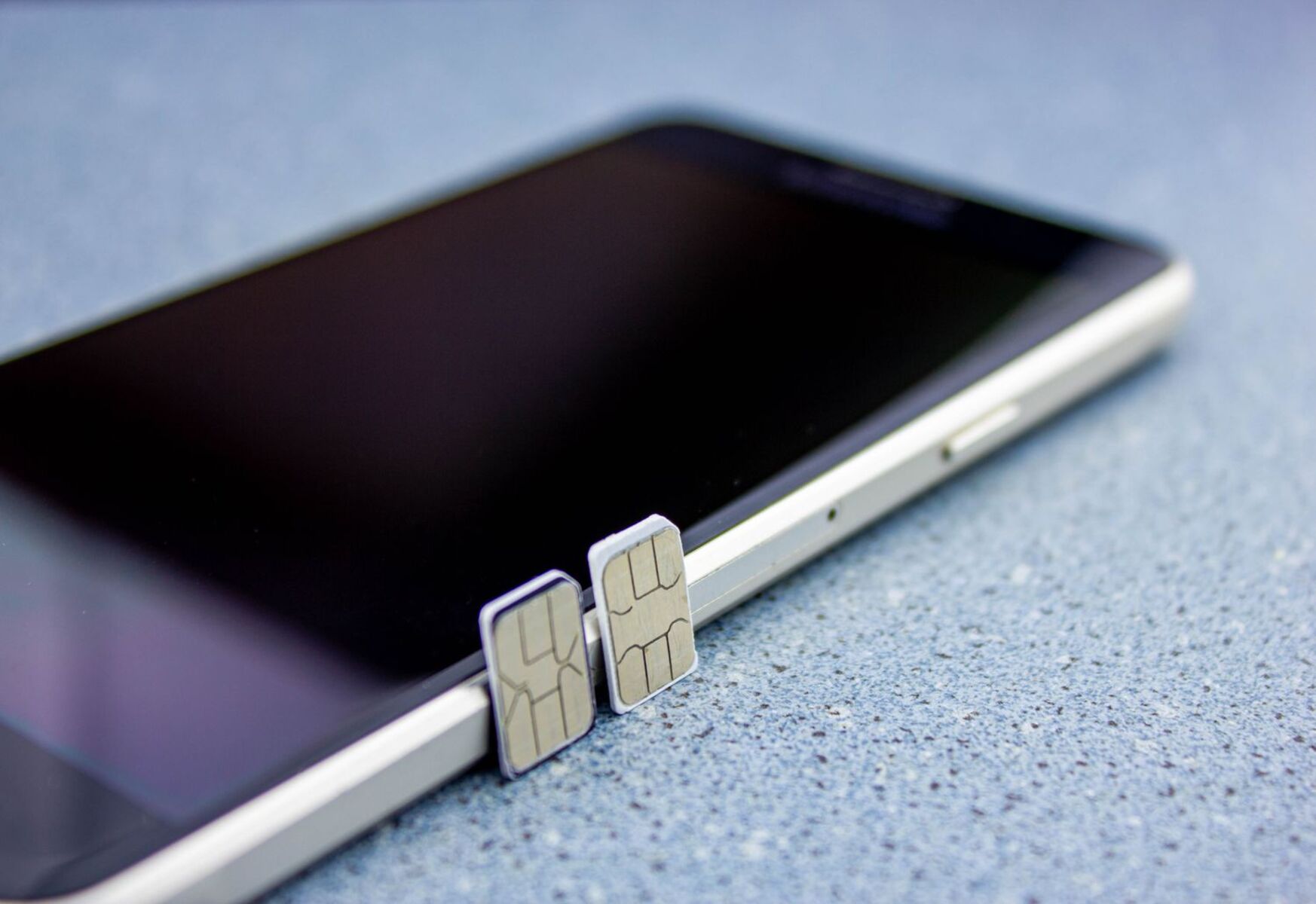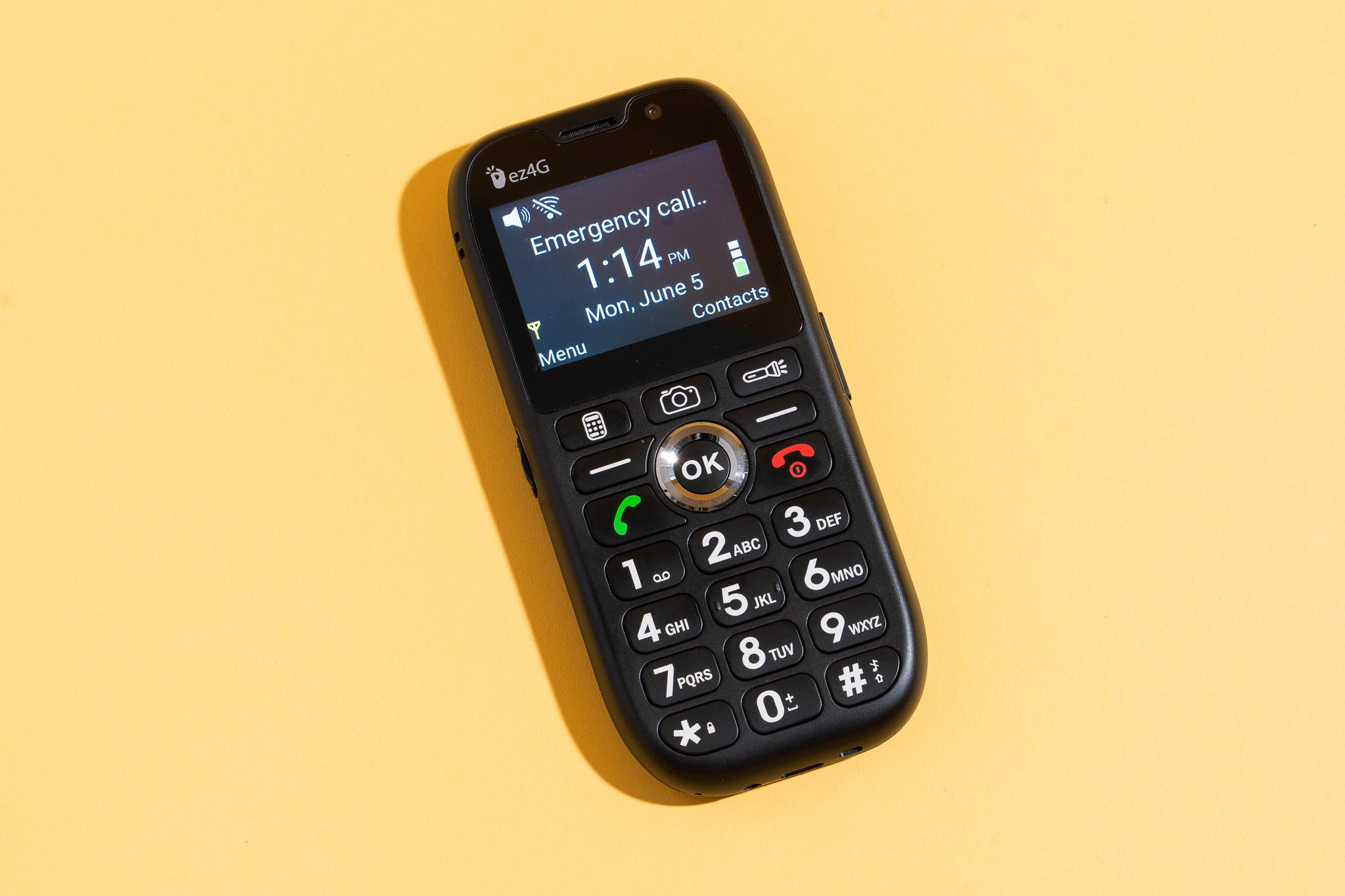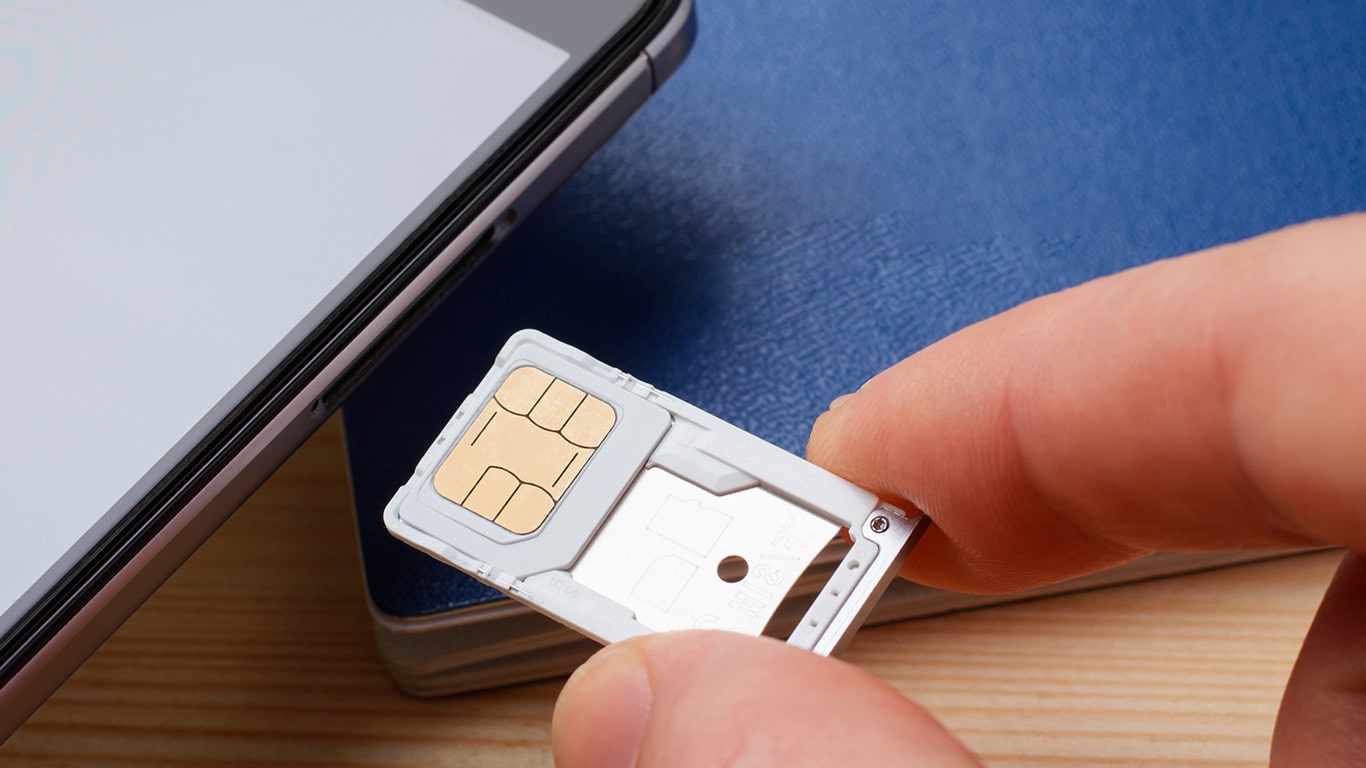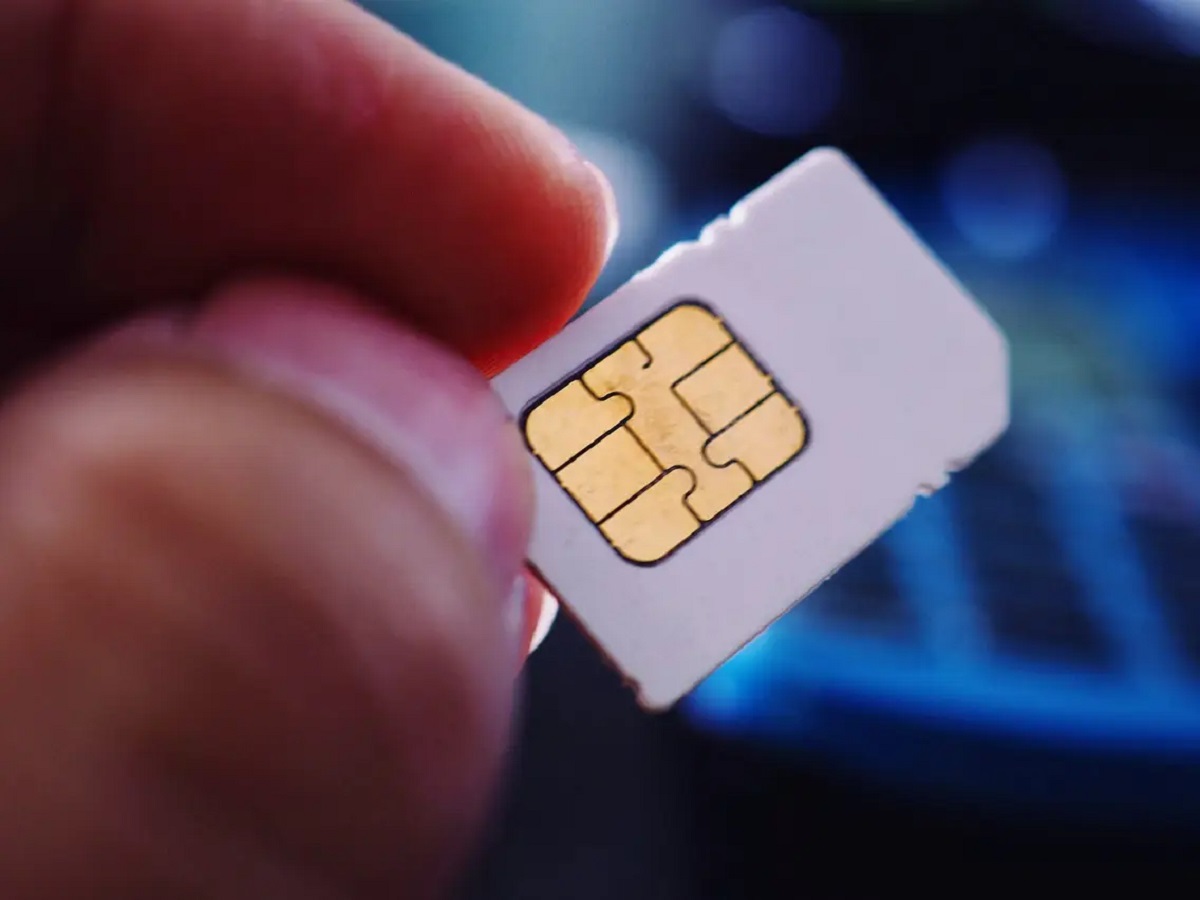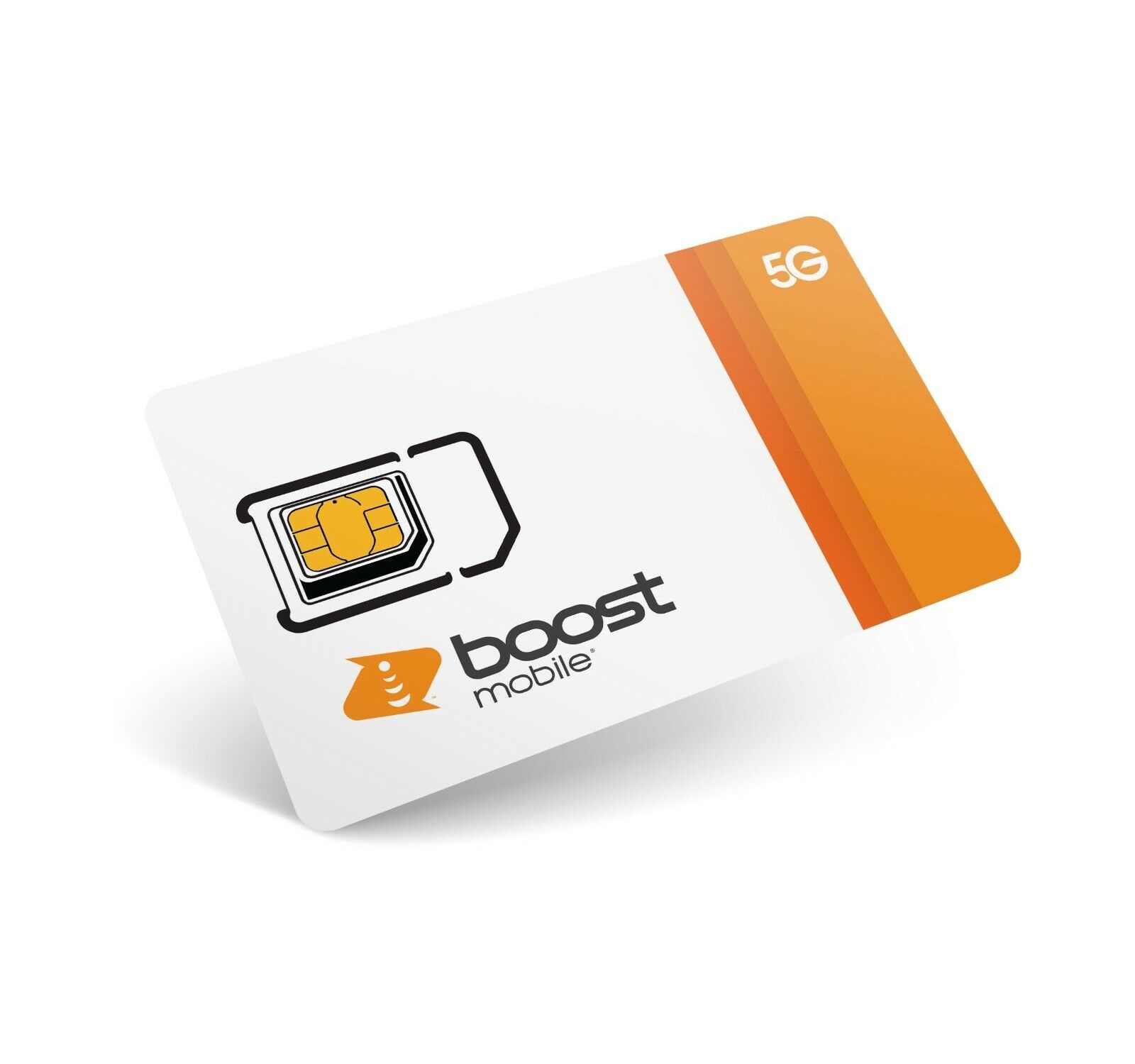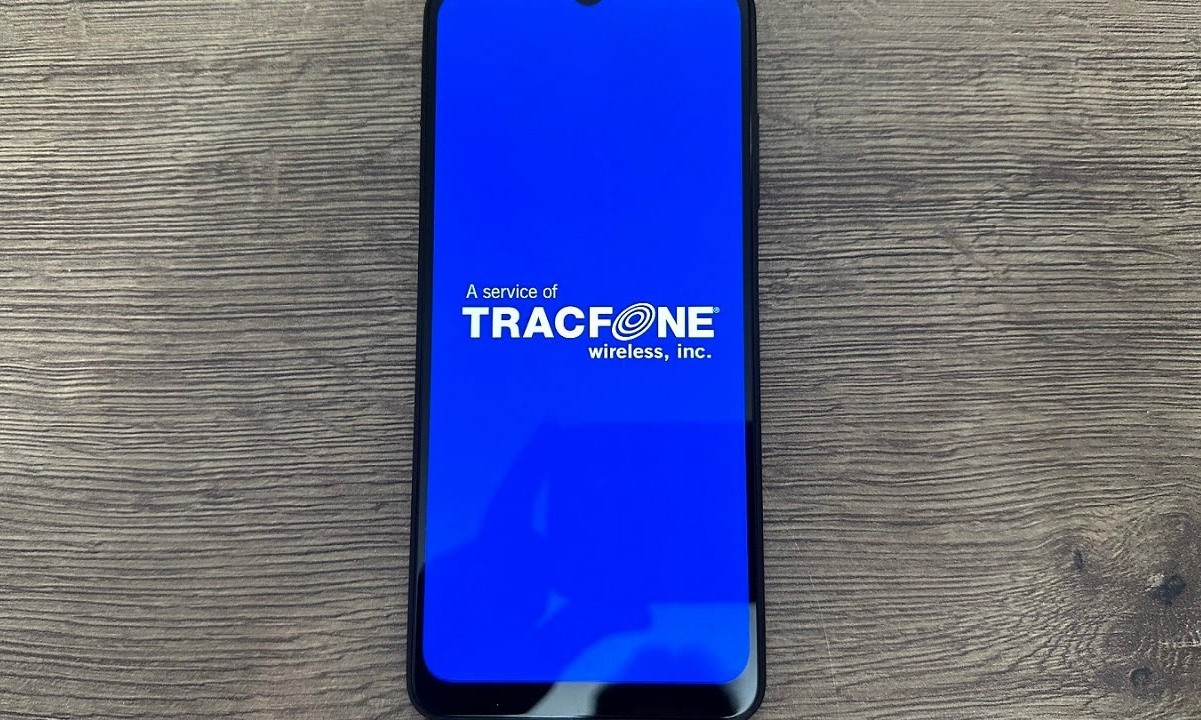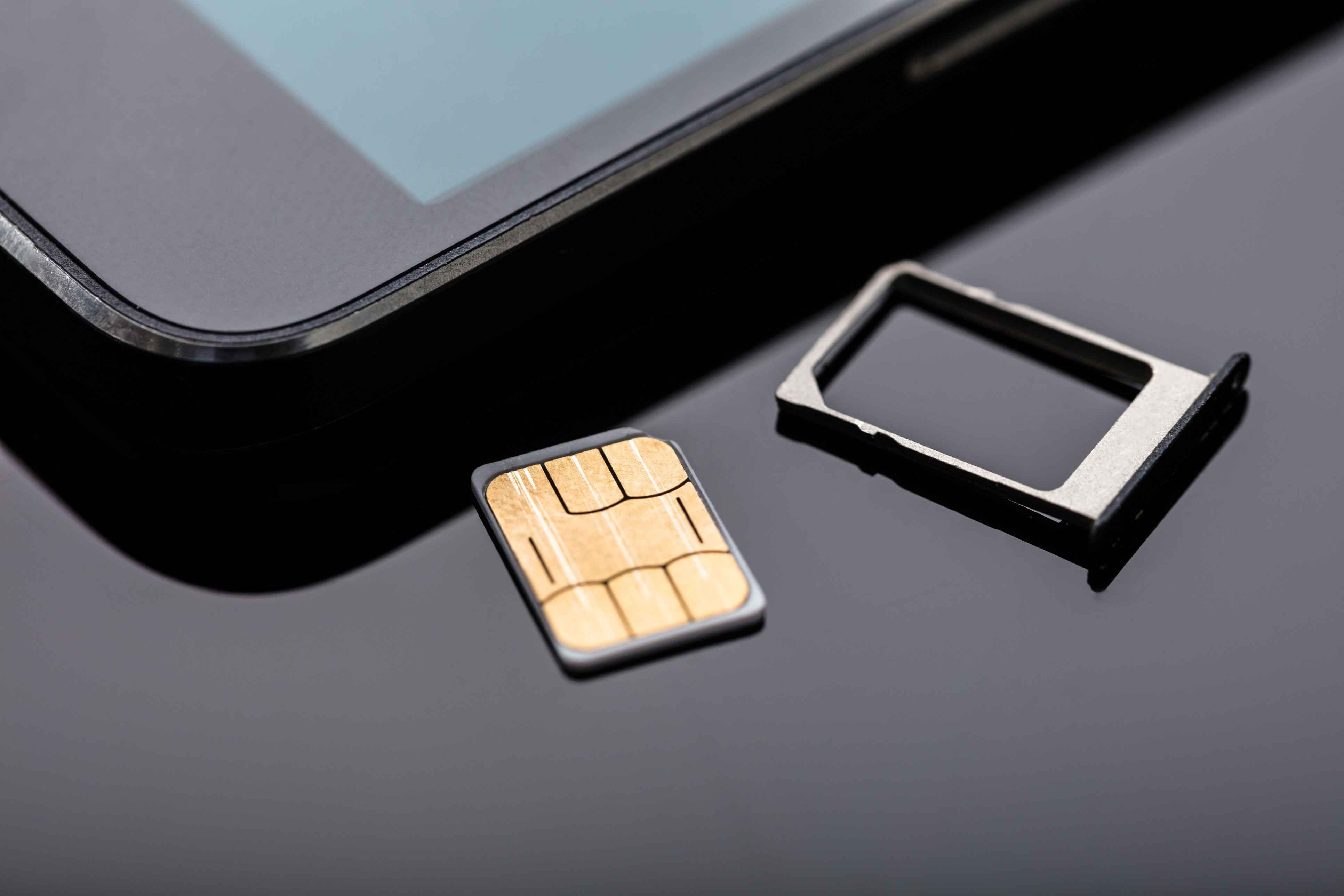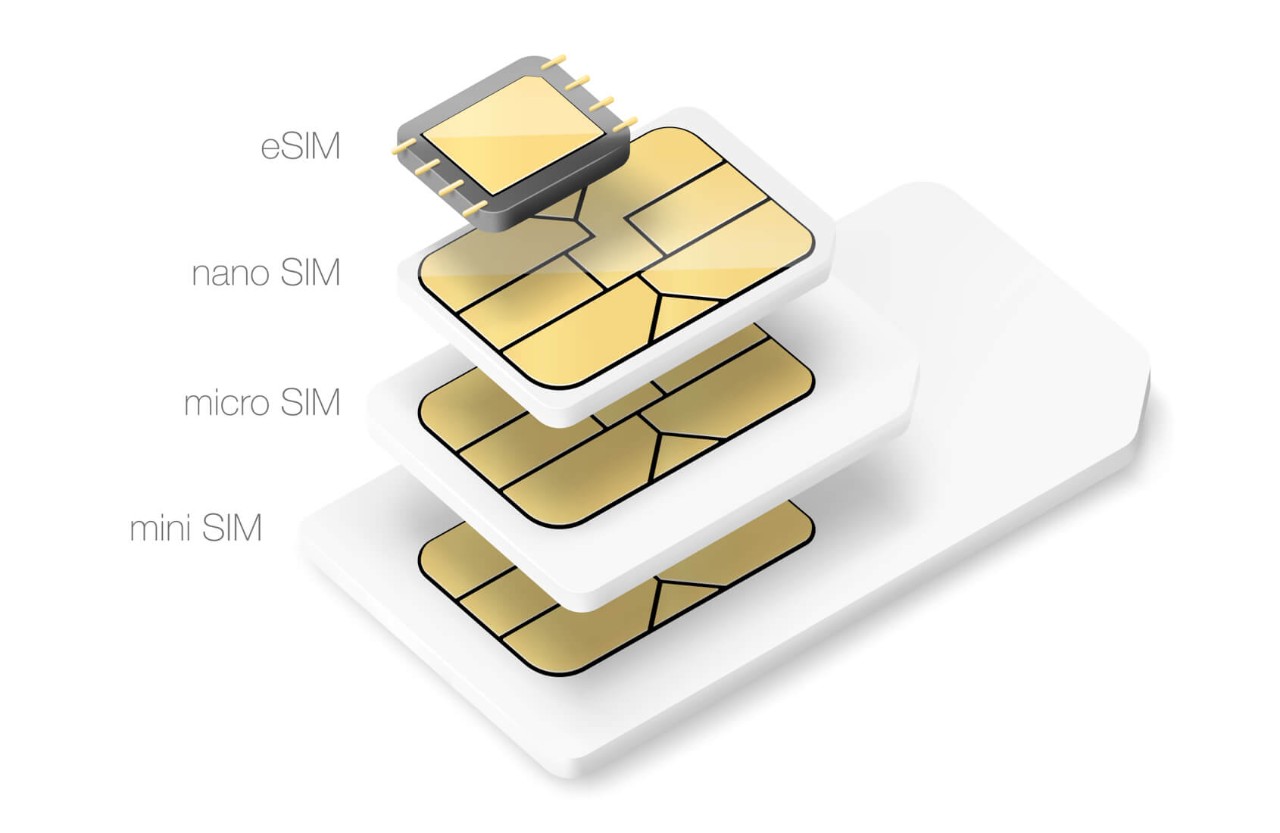Preparing for the Transfer
Before embarking on the exciting journey of transferring your SIM card to a new phone, it's essential to take some preparatory steps to ensure a smooth and seamless transition. This process involves safeguarding your data, understanding your current SIM card, and gathering the necessary tools for the transfer.
Backing Up Your Data
First and foremost, safeguarding your data is paramount. Take a moment to back up your contacts, photos, videos, and any other important information stored on your current device. This can be done through various methods, such as using cloud services, transferring files to a computer, or utilizing built-in backup features on your phone. By doing so, you can rest assured that your valuable data remains intact throughout the transfer process.
Understanding Your Current SIM Card
Next, it's crucial to understand the type and size of your current SIM card. SIM cards come in different sizes, including standard, micro, and nano. By identifying the specific size of your current SIM card, you can determine whether it is compatible with your new phone or if you need to obtain a different-sized SIM card from your mobile service provider.
Gathering Necessary Tools
In addition to understanding your current SIM card, gather the necessary tools for the transfer. This may include a SIM card ejector tool or a small paperclip, which are commonly used to remove the SIM card from your current phone. Ensuring that you have these tools readily available will streamline the transfer process and prevent any unnecessary delays.
By taking these preparatory steps, you can approach the SIM card transfer to your new phone with confidence and peace of mind, knowing that your data is secure, and you have the essential tools at your disposal. With these preparations in place, you are well-equipped to proceed to the next phase of the transfer process.
Transferring SIM Card to a New Phone
Now that you've diligently prepared for the transition, it's time to delve into the pivotal process of transferring your SIM card to a new phone. This step marks the physical migration of your SIM card from the old device to the eagerly awaiting new one. While it may seem straightforward, there are important nuances to consider to ensure a successful transfer.
-
Locating the SIM Card Slot: Begin by identifying the location of the SIM card slot on your new phone. This can typically be found by referring to the device's manual or by conducting a quick online search for the specific model. Once located, you can proceed to the next step with confidence.
-
Powering Off the Devices: Before handling the SIM card, power off both your old and new phones. This simple yet crucial step minimizes the risk of data corruption and ensures a safe transfer process.
-
Ejecting the SIM Card: Using a SIM card ejector tool or a small paperclip, gently insert it into the pinhole located near the SIM card slot. Apply slight pressure to release the SIM card tray and carefully remove the SIM card from your old phone.
-
Inserting the SIM Card: With the SIM card in hand, delicately place it into the SIM card slot of your new phone, ensuring that it fits snugly and securely. Take note of the orientation of the SIM card to align it correctly with the slot.
-
Securing the SIM Card Tray: Once the SIM card is in place, gently slide the SIM card tray back into the new phone until it is firmly secured. Be mindful of any resistance during this process to avoid damaging the SIM card or the device.
-
Powering On the New Phone: With the SIM card successfully transferred, power on your new phone and allow it to initialize. As the device boots up, it will recognize the SIM card and establish the necessary connections with your mobile network.
By following these meticulous steps, you can seamlessly transfer your SIM card to a new phone, setting the stage for the next phase of the process – activating the new device. This pivotal step brings you one step closer to enjoying your new phone with all your familiar contacts and mobile data at your fingertips.
Activating the New Phone
With the SIM card successfully transferred to your new phone, the next crucial step in the process is activating the device. Activation is the pivotal moment when your new phone establishes a connection with your mobile service provider, enabling you to make calls, send messages, and access mobile data. This step is essential to ensure that your new phone is fully operational and ready for use.
Initiating the Activation Process
Upon powering on your new phone, you may be prompted to begin the activation process. This typically involves following on-screen instructions to connect to your mobile service provider's network. In some cases, activation may occur automatically once the SIM card is recognized by the device. However, if manual intervention is required, be prepared to provide necessary information such as your mobile number, account details, and any activation codes provided by your service provider.
Network Registration and Initialization
As the activation process unfolds, your new phone will initiate network registration, a crucial step in establishing its identity on the mobile network. During this phase, the device communicates with nearby cell towers to register its presence and enable communication with the mobile service provider's network infrastructure. This step is fundamental to ensuring seamless connectivity and network access on your new phone.
Checking for Software Updates
Simultaneously, the activation process may prompt the device to check for and install any available software updates. This ensures that your new phone is equipped with the latest firmware and security patches, enhancing its performance and safeguarding it against potential vulnerabilities. It is advisable to allow the device to complete this update process to optimize its functionality.
Verification and Confirmation
Once the activation and initialization procedures are complete, your new phone may display a confirmation message or indicator signaling that it is successfully connected to the mobile network. At this stage, you should test the phone's functionality by placing a test call, sending a message, and accessing mobile data to ensure that all essential services are operational.
Finalizing the Activation
In the event that the activation process encounters any issues or requires manual intervention, it is advisable to contact your mobile service provider's customer support for assistance. They can provide guidance and troubleshoot any activation-related challenges, ensuring that your new phone is fully activated and ready for use.
By diligently navigating the activation process, you can ensure that your new phone is seamlessly integrated with your mobile service provider's network, empowering you to enjoy its full range of features and services. With the activation successfully completed, your new phone is primed and ready to become an indispensable companion in your daily endeavors.
Troubleshooting Common Issues
Even with careful preparation and meticulous execution, it's not uncommon to encounter occasional hiccups during the process of transferring a SIM card to a new phone and activating the device. Fortunately, many of these issues can be resolved with simple troubleshooting steps, allowing you to swiftly overcome any challenges that may arise. Here are some common issues that users may encounter and the corresponding troubleshooting techniques to address them:
No Network Connection
If your new phone fails to establish a network connection after the SIM card transfer and activation, begin by restarting the device. This simple action can often resolve temporary network connectivity issues. If the problem persists, ensure that the SIM card is inserted correctly and that the device is within the coverage area of your mobile service provider. Additionally, checking for any pending software updates and installing them can address underlying network connectivity issues.
Incompatible SIM Card Size
In the event that the SIM card from your previous phone is not compatible with your new device due to size differences, contact your mobile service provider to obtain a compatible SIM card. They can assist in providing a new SIM card that aligns with the requirements of your new phone. Once obtained, follow the standard procedure for activating the new SIM card and transferring your mobile number and data to the new card.
Activation Errors
If you encounter errors or roadblocks during the activation process, ensure that the provided activation details, such as your mobile number and account information, are entered accurately. In some cases, contacting your mobile service provider's customer support can expedite the resolution of activation-related issues. They can offer guidance, verify your account details, and remotely assist in activating your new phone.
Data Transfer Issues
In scenarios where data transfer, including contacts and media, encounters challenges, ensure that your data backup is complete and up to date. Reattempt the data transfer process, utilizing alternative methods such as cloud services or data transfer apps if necessary. Additionally, verifying that the SIM card contains the correct contacts and data is essential, as discrepancies can impede the seamless transfer of information.
By addressing these common issues with practical troubleshooting techniques, you can navigate any potential challenges encountered during the SIM card transfer and new phone activation process. Remember that patience and persistence are key virtues in troubleshooting, and seeking assistance from your mobile service provider's support channels can provide invaluable guidance in resolving complex issues. With these troubleshooting insights at your disposal, you can confidently embark on the journey of transferring your SIM card to a new phone, equipped to overcome any obstacles that may arise.







